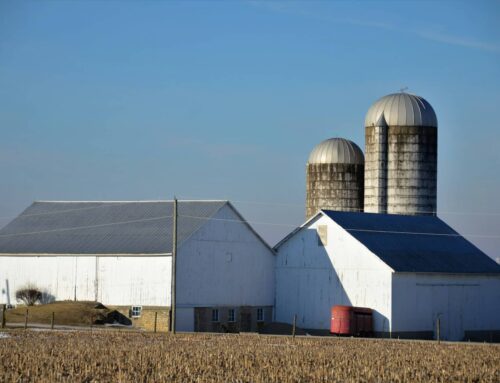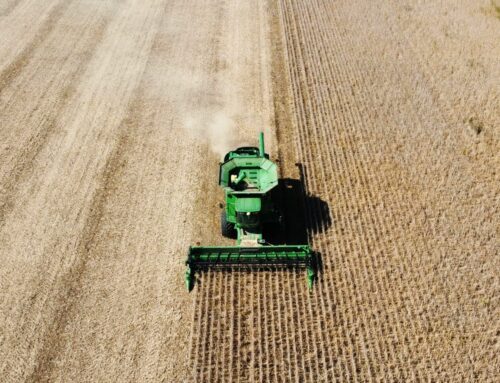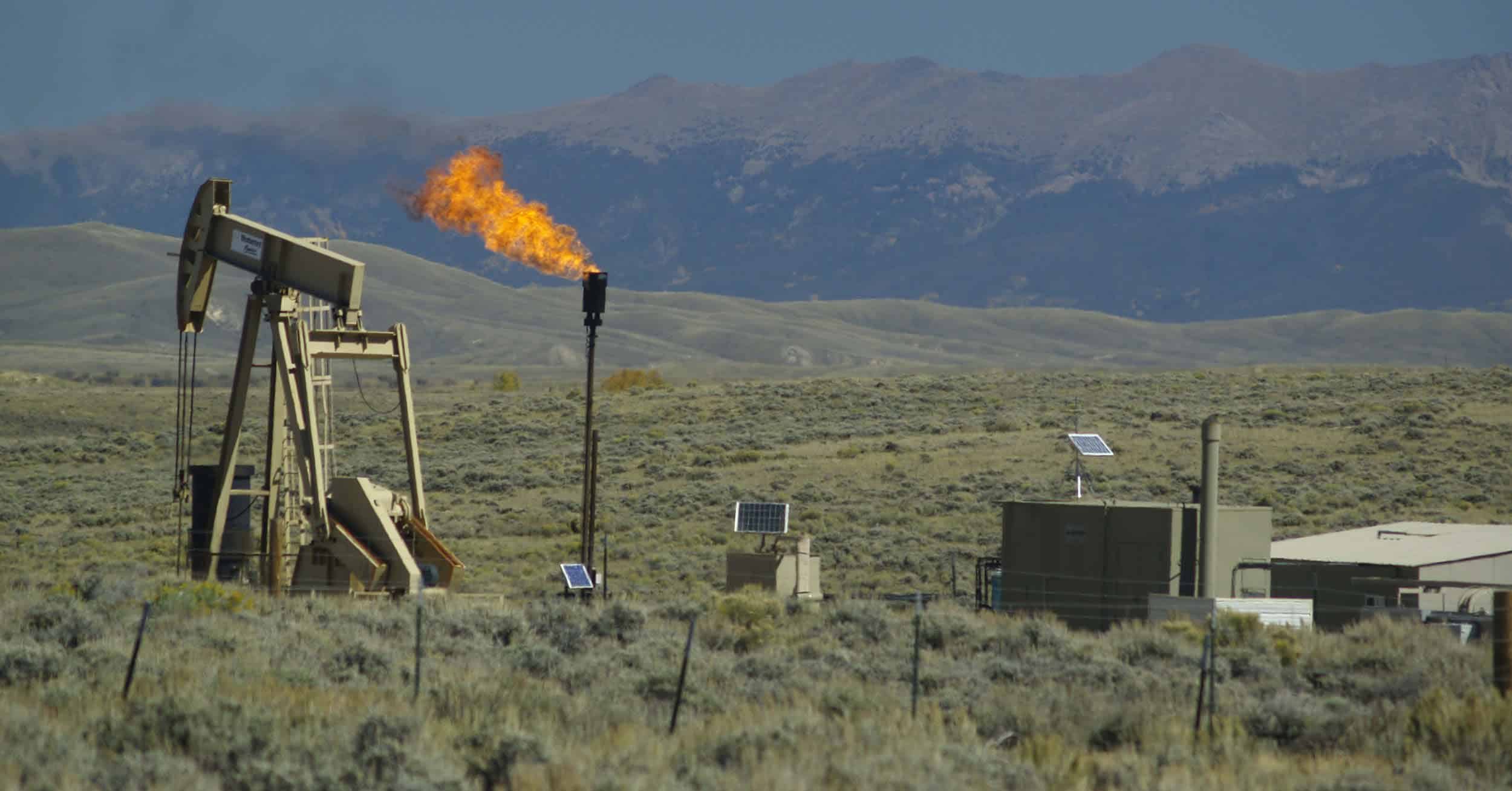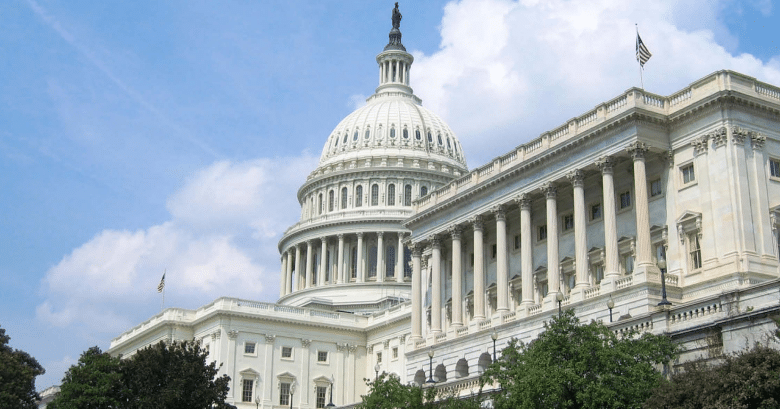As the House Budget Committee is busy cultivating the Budget Resolution to guide the fiscal year 2017 appropriations process, other committees are broadcasting their wants and (claimed) needs in 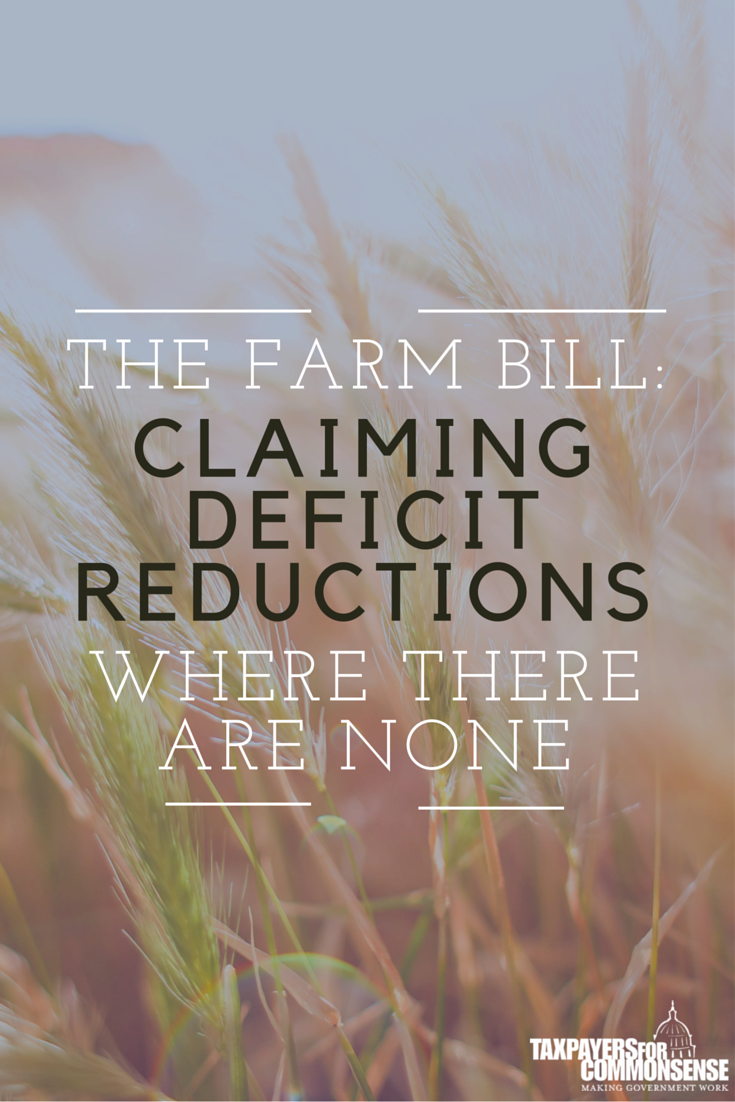 annual “views and estimates” letters. The House Agriculture Committee’s letter shows their continued insistence on planting misinformation about the last farm bill so that agriculture special interests won’t be interrupted in their decades-long quest to harvest taxpayer dollars.
annual “views and estimates” letters. The House Agriculture Committee’s letter shows their continued insistence on planting misinformation about the last farm bill so that agriculture special interests won’t be interrupted in their decades-long quest to harvest taxpayer dollars.
First a quick reminder on the farm bill. Passed every five or six years, the farm bill is the primary legislation Washington uses to direct subsidies to farmers, ranchers, and to the nation’s nutrition programs. The last one passed in 2014 clocked in at a projected $956 billion over 10 years. While about 80 percent of that was designated for nutrition, the next biggest sums went to federally-subsidized insurance for farmers’ income, additional income guarantee programs for growers of certain “commodity” crops (like corn and rice), and conservation programs.
The 2014 farm bill was dragged over the finish line in large part because it promised to save taxpayer dollars. Yes, by passing a $956 billion bill, agriculture committee members claimed with a straight face that they would save $16.5 billion. That’s because the bill writers swapped a number of indefensible and outdated programs for supposedly cheaper alternatives. Most notably, they eliminated the much-derided direct payments program, which sent approximately $5 billion to farmers every year even when they experienced record income. Cut here, add here, extend this, end that, submit it to the Congressional Budget Office (CBO) – the nonpartisan scorekeeper of legislation – and voila!, a trillion dollar bill that reduces the deficit. As experts in both Congressional and real-world math, we were skeptical, to say the least.
And we were right.
In its most recent estimates, the USDA projects that the direct payment replacement programs will cost $5.5 billion this year and $9.6 billion in 2017. That’s $7 billion more than originally forecast. And when you turn from forecasts to actual money leaving the Treasury, a number of other programs have blown past their estimates. Payments for dead cattle, damaged orchards, and loss of grazing land cost $4.4 billion more than expected in 2014 and 2015. Federally subsidized crop insurance, $736 million. Even the commodity programs that were ended in the farm bill, but cut their last checks in 2014, cost $265 million more than CBO anticipated at farm bill passage. Add it all together and the “deficit reducing” farm bill is looking more and more like the budget busting farm bills that came before it.
If this massive increase in costs resulted from some unforeseen challenge in growing conditions, we wouldn’t be all that upset. But we saw this coming. The farm bill was scored against the May 2013 CBO baseline using price and harvest assumptions from early 2013. By the time the bill was adopted in February 2014, prices had already fallen dramatically from their recent record highs. Farm bill proponents said ‘rules are rules’ and shrugged. Everyone knew the cost estimates were low, the question was just how low.
Yet the Ag committee continues touting their valiant deficit reduction endeavor. Sure commodity programs are over budget, but just wait, in future years they’ll cost less. Just look at these projections.
Which brings us to the problem with budgets across the government, beyond just agriculture. Too often lawmakers promise to find savings later in exchange for just a tad more spending now. Like highway bills that rely on 10 years of revenue for just a few months of spending. Or deficit increasing “fixes” that are sold as not-as-bad-as-what-could-have-happened. Even in the farm bill, the $16.5 billion of savings was only projected to arrive after spending increased by $2 billion in FY14. Turns out the Ag Committees harvested more taxpayer cash than even they anticipated.
We can afford a safety net to help agricultural producers protect themselves from perils that can’t be managed. But we cannot afford lawmakers using accounting gimmicks and budget trickery to create programs that purport to reduce spending but actually lead to higher taxpayer costs. The Budget Resolution should force the agriculture committee to immediately produce the commodity program savings they promised. Then they can be a model for the rest of Congress.




